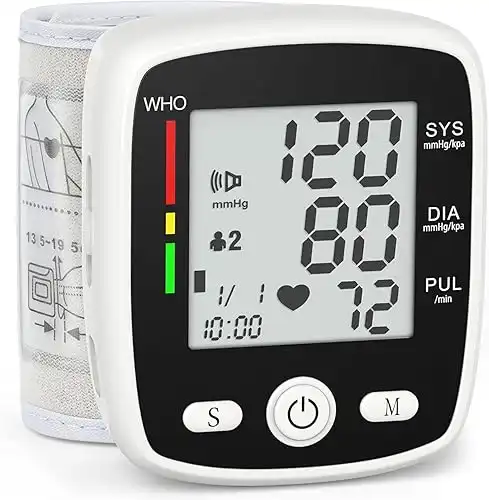The Right Way to Check Your Blood Pressure at Home | A Doctor Explains
**1. Choose the Right Equipment**
The first step in monitoring your blood pressure accurately at home is choosing the right equipment. “I recommend an automatic, cuff-style bicep monitor,” says Dr. Johnson. These devices are often more accurate than wrist or finger monitors and are widely used in professional settings. Ensure that the cuff fits your arm correctly – it should wrap snugly around your upper arm without being too tight.
**2. Prepare for the Reading**
Before taking your blood pressure, Dr. Johnson advises that you avoid caffeine, exercise, and smoking for at least 30 minutes as these can affect the results. “Also, ensure you have emptied your bladder as a full bladder can increase blood pressure slightly but significantly in some individuals,” she adds.
**3. Sit Correctly**
Proper posture is crucial for an accurate reading. Sit in a comfortable chair with your back straight and supported against the back of the chair; avoid crossing your legs or ankles. Rest your arm on a flat surface such as a table, with the upper arm at heart level. “Keep quiet and still because talking or moving around can elevate your numbers,” notes Dr. Johnson.
**4. Take Multiple Readings**
Dr. Johnson recommends taking two or three readings each time you measure your blood pressure and recording all results for accuracy purposes; wait about one minute between each measurement.” Doing this helps account for any natural variations in blood pressure,” she explains.
**5 Record Your Results**
Keeping an accurate record of all readings, including dates and times taken along with any notes on recent activities like exercising eating or feeling stressed can be very helpful when discussing results with your doctor.
**6 Review Technique Regularly**
Even if you’ve been checking your own BP for years it’s useful to review technique regularly because bad habits might slip in which could lead to consistently inaccurate readings suggests Dr Johnson.
By investing time into learning how to properly monitor their own numbers those who need keep track of this essential metric will find they’re better able to manage their conditions effectively while also providing doctors valuable information that may influence changes treatments where necessary concludes Dr Sarah Johnson


